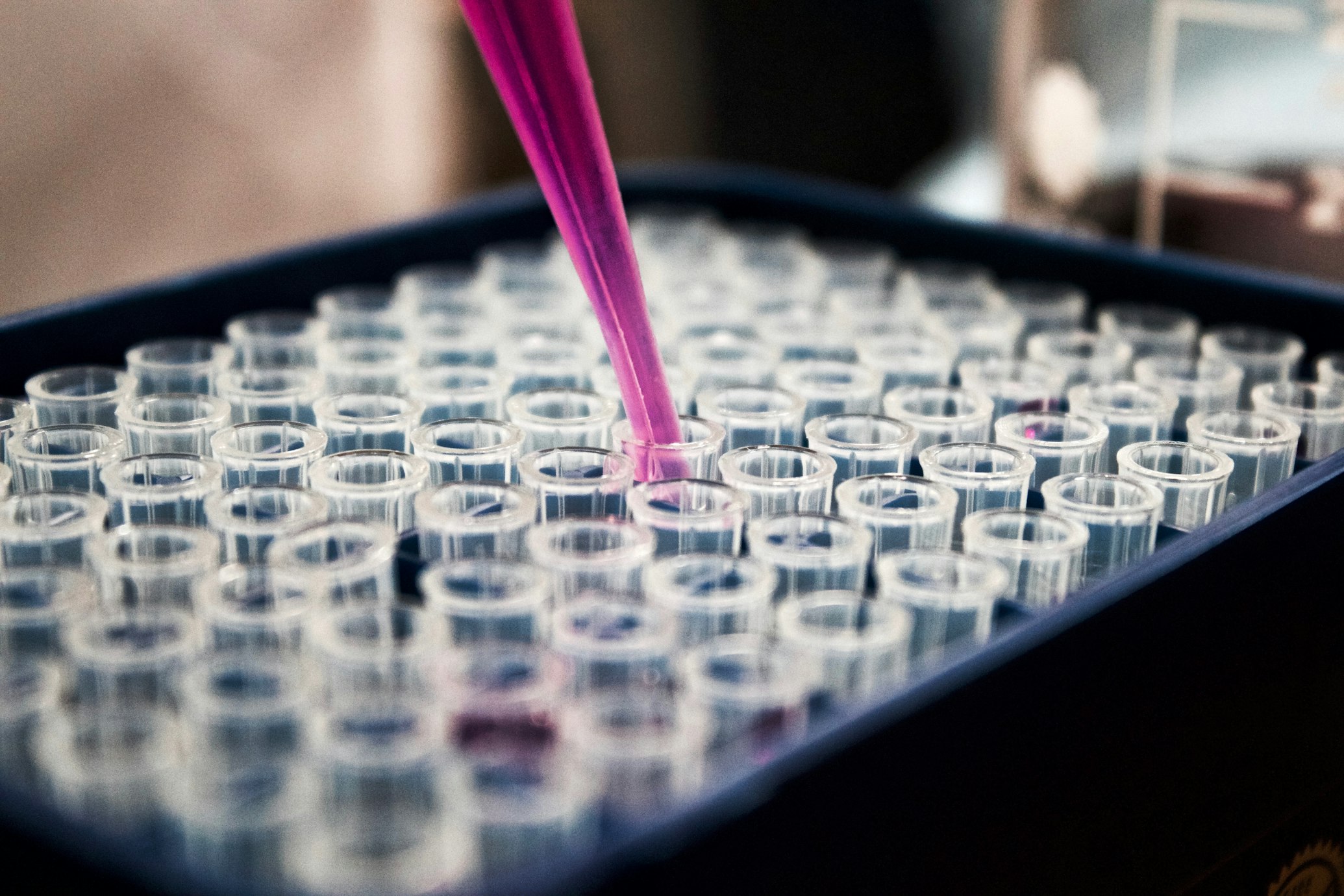The Cellular Universe
How Single-Cell Intelligence is Revolutionizing Tissue Engineering
Article Navigation
Key Concepts: Decoding Our Cellular Architecture
Cellular Heterogeneity
Every tissue contains astonishing cellular diversity. A single cubic millimeter of liver tissue might contain hepatocytes, immune cells, fibroblasts, and endothelial cells, each with distinct gene expression profiles.
In-Depth: The Experiment That Changed the Game
AI Meets 20 Million Cells: The TUM Breakthrough
Technical University of Munich (TUM) scientists pioneered a landmark study testing self-supervised learning on unprecedented scales 2 .
Methodology: A Two-Pronged AI Approach
- Masked Learning: Cells' molecular profiles were partially hidden; AI reconstructed missing elements
- Contrastive Learning: Grouped cells with similar profiles; separated dissimilar ones
Dataset: 20+ million cells from lung, liver, and tumor tissues, including COVID-19 and smoker samples.
Performance Comparison
| Method | Cell Type Accuracy | Disease Detection Speed |
|---|---|---|
| Supervised Learning | 89.7% | 2.1x baseline |
| Masked Learning | 98.3% | 4.0x baseline |
| Contrastive Learning | 95.1% | 3.2x baseline |
The Scientist's Toolkit
Essential technologies driving the single-cell revolution:
| Tool | Function | Example Use Cases |
|---|---|---|
| scRNA-seq Reagents | Profiles gene expression in single cells | Identifying stem cell subtypes 3 |
| Single-cell ATAC-seq | Maps open chromatin regions | Tracking cell differentiation 6 |
| Graph Neural Networks | Analyzes cell spatial relationships | CellLENS tumor mapping 5 |
| Lipid-stable Hydrogels | Supports lipochondrocyte viability | Lipocartilage engineering 7 |
| Multi-omics Integrators | Combines RNA, protein, and epigenetic data | OmicsTweezer 8 |

Advanced single-cell analysis techniques are revealing unprecedented details about cellular function and organization.

Artificial intelligence is transforming how we interpret complex biological data at single-cell resolution.
Real-World Applications
Cancer Immunotherapy
CellLENS identified boundary-specialized T-cells that target tumor edges—previously missed by conventional methods 5 . This explains why some immunotherapies fail and guides next-gen designs.
Intelligent Biomaterials
Kidney tissue scaffolds designed using scRNA-seq data improved cell attachment by 40% by replicating developmental signaling 3 .
Lipocartilage Revolution
Fat-integrated cartilage discovered in bat ears enables unparalleled flexibility. Engineered versions could replace painful rib cartilage harvests for facial reconstruction 7 .
| Field | Advance | Patient Impact |
|---|---|---|
| Cancer Diagnostics | Rare cell detection via CellLENS | Earlier therapy personalization |
| Cartilage Repair | 3D-printed lipocartilage implants | Less invasive reconstructive surgery |
| Implant Engineering | Spatial host-response mapping 4 | Reduced rejection rates |
The Future: Where Do We Go From Here?
Next-Gen Technologies
Challenges Ahead
- Data integration: Merging genomic, proteomic, and clinical data remains complex
- Scalability: Petabyte-scale data from million-cell studies demands new computing solutions
"Virtual cells aren't science fiction; they're tools waiting to be used." — Fabian Theis of Helmholtz Munich 2 9
The "Open Problems" Initiative
A global consortium launched a platform to benchmark single-cell AI tools using 81 datasets and 171 methods. Key insights:
Conclusion: The Age of Cellular Whisperers
Single-cell intelligence has transformed tissue engineering from a blunt instrument into a precision scalpel. By listening to individual cells—whether through AI decoding 20 million profiles or discovering fat-filled cartilage—we've begun to speak biology's language. The future promises bespoke tissues, engineered not just to fit anatomically, but molecularly—ushering in an era where regeneration is as natural as breathing.